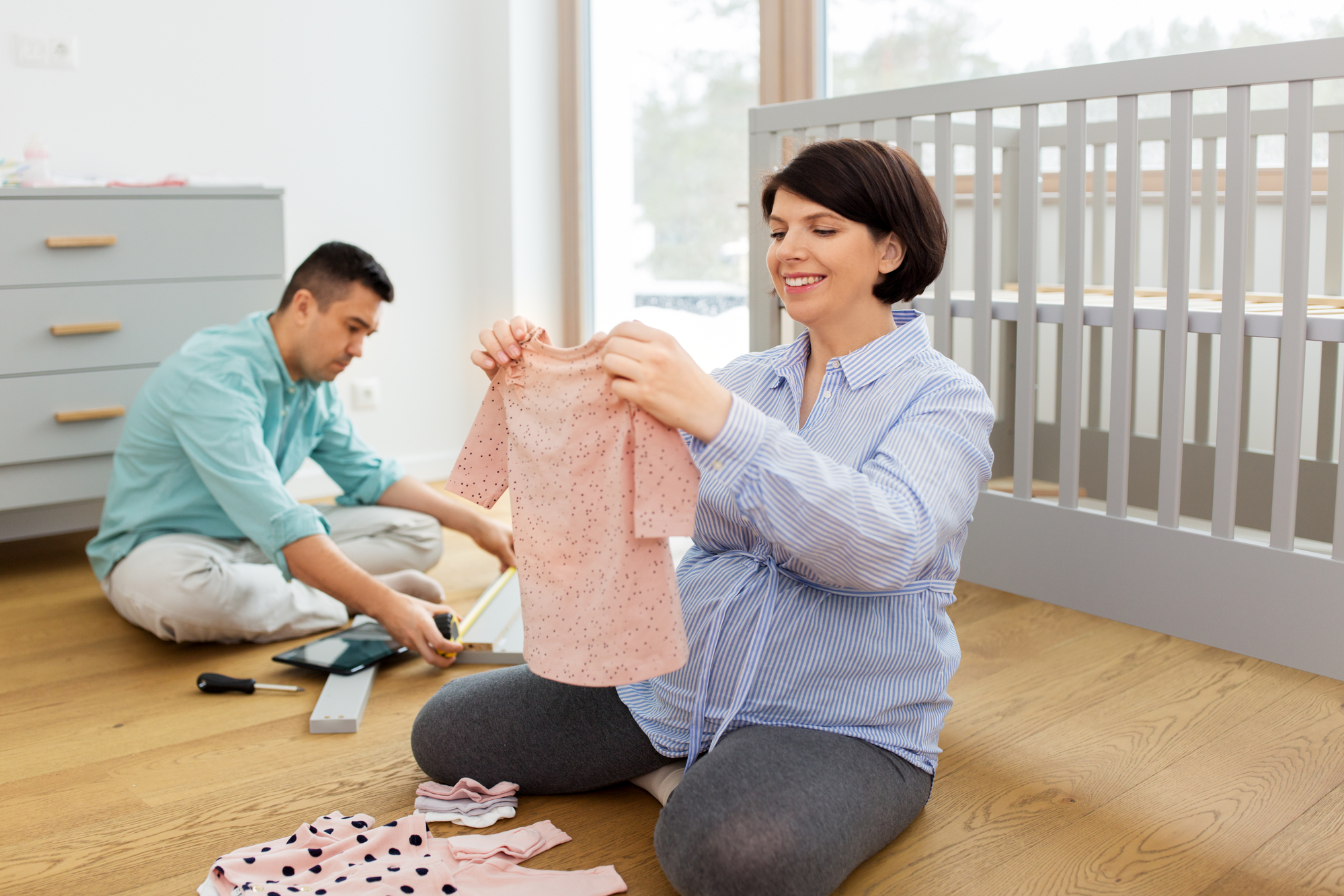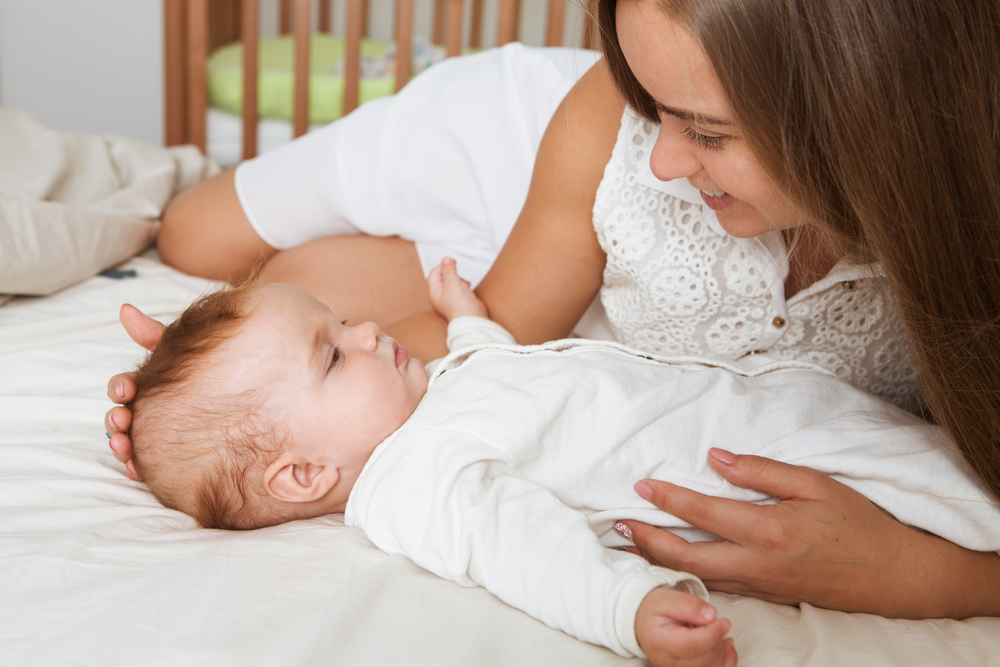Expecting a new baby is an exciting and spectacular time, however, it can also be a little overwhelming, particularly if it’s your first child.
Somewhere in amongst the books to read, antenatal classes to go to and names to decide on, there’s also the task of purchasing items such as cots, prams and a child car restraint, as well as setting up your home ready for the arrival of your new little one.
When it comes to ensuring that your home is safe, you probably have lots of questions – when should I start baby-proofing? Where do I begin? What are the major hazards to look out for?
The good news is that Kidsafe Australia are here to help – in this article, they provide the answers to these frequently asked questions, along with some useful resources to help you keep your new bub safe.
Making Your Home Kidsafe
We often think of our homes as safe and secure places, so you may be surprised to learn that the home is the most common location where child injuries occur.
When it comes to making your home Kidsafe, there are three main steps to consider:
-
Spot the hazards
It may sound like a funny idea, but Kidsafe suggests that you get down on your hands and knees and crawl around your house – this will allow you to view possible hazards from your child’s level.
Kidsafe’s free ‘Parent’s Guide to Kidsafe Homes’ resource has a handy home safety checklist which can help you to go through each area in your home, identify potential hazards and decide how to best address them.
-
Decide how to deal with the hazard
Options may include removing the hazard you have identified (e.g. removing a poisonous plant from the garden), or guarding against the hazard (e.g. placing a stair gate at the top and bottom of the stairs or placing locks on cupboards).
It’s important that safety products aren’t relied upon on their own – these should always be used in conjunction with active adult supervision to help keep children safe.
-
Make the changes
The best time to ensure that your home is safe is before your new bub arrives. You can progressively work your way through each area of the house, rather than leaving a big to-do list to take care of after you’ve arrived home with your new baby.
Home Injury Hazards
Homes are often built with adults in mind, which means that there can be a lot of potential injury hazards for children. The most common injury hazards in the home include:
- Fall hazards – items such as stairs, furniture/nursery products (e.g. change tables, high chairs, baby walkers, cots and prams) as well as windows and balconies
- Button batteries – these are found in many common household devices and if ingested, can burn through a child’s oesophagus in as little as 2 hours
- Poisonous substances – items such as medication (prescription and over the counter) and household cleaning products (bleach, dishwashing powder/tablets, toilet bowl discs etc.)
- Tip over hazards – large items of furniture such as TV’s, bookcases and drawers can tip over if children climb or pull on them
- Strangulation hazards – loose, looped curtain and blind cords pose a major strangulation hazard in many homes
- Choking hazards – small items such as coins, buttons and toys
- Water hazards – pools and spas as well as smaller bodies of water such as baths, buckets, eskys with melted ice and even pet drinking bowls.
Useful Resources
To help you navigate through the early stages of your parenting journey, Kidsafe have compiled a list of useful resources:
- The Kidsafe website in your State or Territory – for a range of practical information, advice, resources and services such as child car restraint fitting
- ACCC’s Keeping Baby Safe – this guide provides information on what to look for when purchasing infant and nursery products and safe habits to consider when using them
- Child Car Restraint Best Practice Guidelines – the guidelines provide best practice recommendations for how to safely transport children in motor vehicles
- Product Safety Australia website – to keep up to date with the latest product recalls









